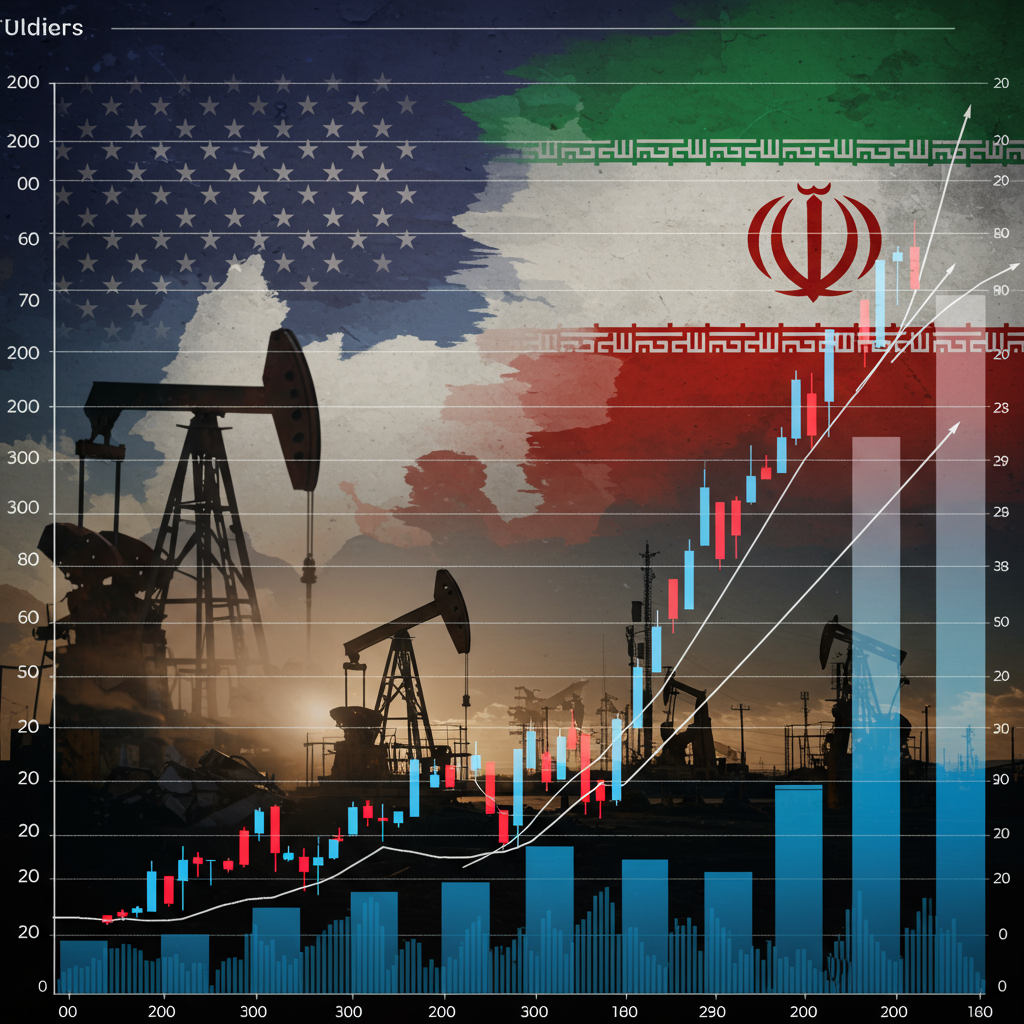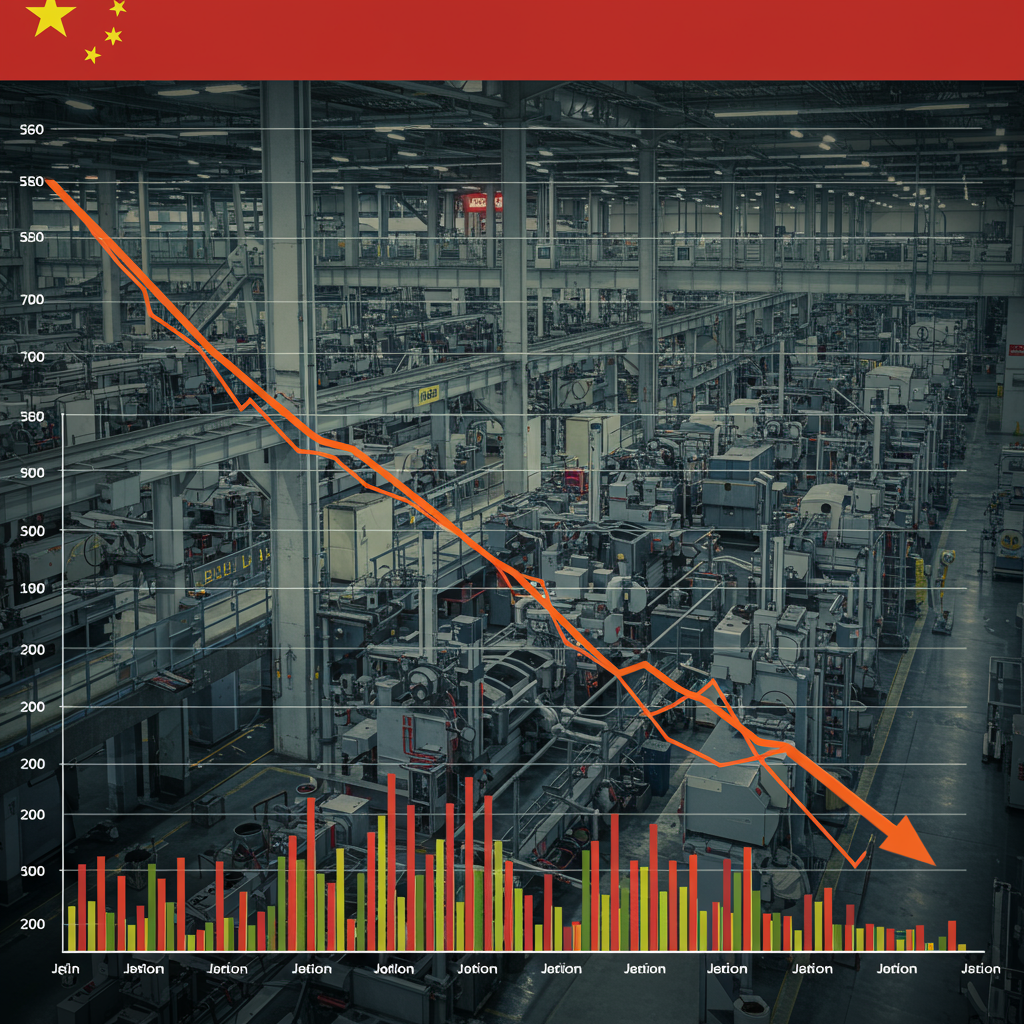Beyond the Headlines: Why Oil Isn’t Soaring Despite Mideast Tensions
Conventional wisdom used to dictate that conflict in the Middle East would automatically send global oil prices skyrocketing. Yet, recent tensions and military actions involving the United States and Iran haven’t resulted in a sustained, dramatic price surge. Why is the market reacting differently this time?
The primary reason lies in a significant shift in the global energy landscape, fundamentally altered by the emergence of the United States as the world’s largest oil producer. This “US oil boom” has created a substantial supply cushion, reducing the market’s historical sensitivity to disruptions in the Middle East and lessening the leverage previously held by OPEC+ nations.
Geopolitical Flashpoints vs. Market Calm
Recent weeks saw escalating tensions, including unprecedented US strikes on Iranian nuclear facilities, a move widely seen as entering the ongoing conflict between Israel and Iran. Such actions fuel fears of regional instability and potential disruptions to vital shipping lanes like the Strait of Hormuz, a critical chokepoint for approximately 20% of the world’s oil supply. Analysis from major financial institutions highlights the risk of escalation and a potential Hormuz closure as significant “tail risks” that could severely impact global growth and inflation. Prediction markets saw odds for a Hormuz closure spike following the US strikes, reflecting heightened anxiety.
However, market sentiment turned sharply positive on June 23, leading to a notable tumble in oil prices. West Texas Intermediate (WTI) crude futures plunged significantly after having earlier spiked on escalation fears. This reversal was driven by perceptions of de-escalation. Reports of Iran’s retaliation causing no casualties, coupled with news of an advance warning being relayed and a reported cease-fire agreement announcement, dramatically reduced immediate fears of a widening, destructive conflict.
Iran’s Strategic Dilemma and Limited Response
While Iran possesses various means to retaliate, including targeting the Strait of Hormuz, attacking regional US bases and allies, leveraging weakened proxies, or employing cyber capabilities, experts suggest the regime faces a difficult dilemma. A full-scale, aggressive response risks provoking a more devastating counter-campaign from the US and its allies that could threaten the regime’s stability, particularly given domestic challenges. Iran’s most significant proxy, Hezbollah, is reportedly weakened, and other groups may have limited capacity for sustained, impactful attacks against well-defended targets.
While Iran’s parliament has voted to block the Strait of Hormuz, the final decision rests with the supreme leader. Implementing such a blockade would come at a heavy economic cost to Iran itself, including alienating key oil customers like China, and history shows Iran paid a steep price for similar actions in the 1980s. This calculated approach, weighing potential retaliation against the risks of self-inflicted harm or regime threat, contributes to the market’s current assessment that a worst-case scenario, while possible, is not the most probable immediate outcome.
Wall Street Weighs Risk: Tail Scenarios vs. Base Case
Major Wall Street banks, including Goldman Sachs, Morgan Stanley, and JPMorgan, acknowledge the significant tail risk posed by the conflict. They model scenarios where severe escalation or a Hormuz disruption could send Brent crude prices soaring to $110-$130+ per barrel, potentially triggering recessionary conditions.
However, the base case forecasts from these same institutions generally anticipate oil prices declining, potentially towards the $60 per barrel range by year-end, provided severe geopolitical disruption is avoided. The market’s reaction on June 23, with prices falling sharply, indicates that traders are currently prioritizing this less severe base case scenario, reacting to specific signals of potential de-escalation rather than pricing in the full worst-case risk of a sustained supply shock.
The Outlook: Volatility Remains
In summary, the combination of the fundamental shift brought about by the US oil boom, specific recent events signaling de-escalation, Iran’s perceived strategic constraints, and financial markets currently focusing on a less catastrophic base case (while acknowledging severe tail risks) explains why Middle East conflict, at this specific juncture, hasn’t triggered the dramatic, sustained oil price spikes seen in decades past. Nevertheless, the underlying geopolitical tensions and the potential for rapid escalation mean that volatility remains high, and a severe turn in events could quickly change the market dynamic.




